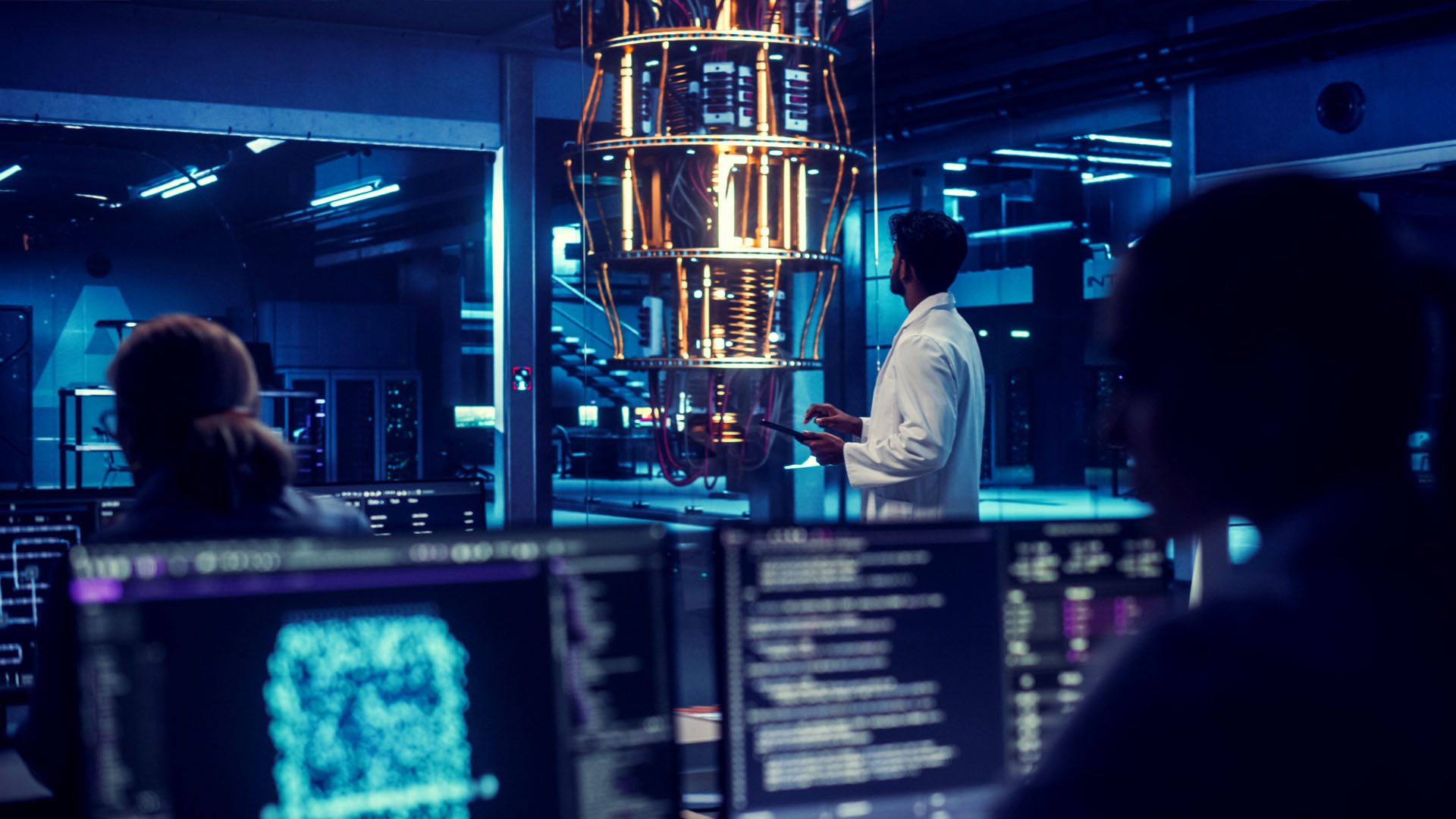An experiment shows how artificial intelligence can create encryption and decryption scenarios.
What happens when you tell two smart computers to talk to each other in secret and task another AI with breaking that conversation? You get one of the coolest experiments in cryptography I’ve seen in a while.
In short, Google Brain researchers have discovered that the AI, when properly tasked, create oddly inhuman cryptographic schemes and that they’re better at encrypting than decrypting. The paper, “Learning to protect communications with adversarial neural cryptography,” is available here.
The rules of the task were simple. Two neural networks, Bob and Alice, shared a secret key. Another neural network, Eve, was tasked with reading the communications between the two robots. There was one condition, a “loss function,” for each party. Eve and the recipient Bob’s plaintext had to be as close to the original plaintext as possible while Alice’s loss function depending on how far from random Eve’s guesses were. This created a generative adversarial network among the robots.




